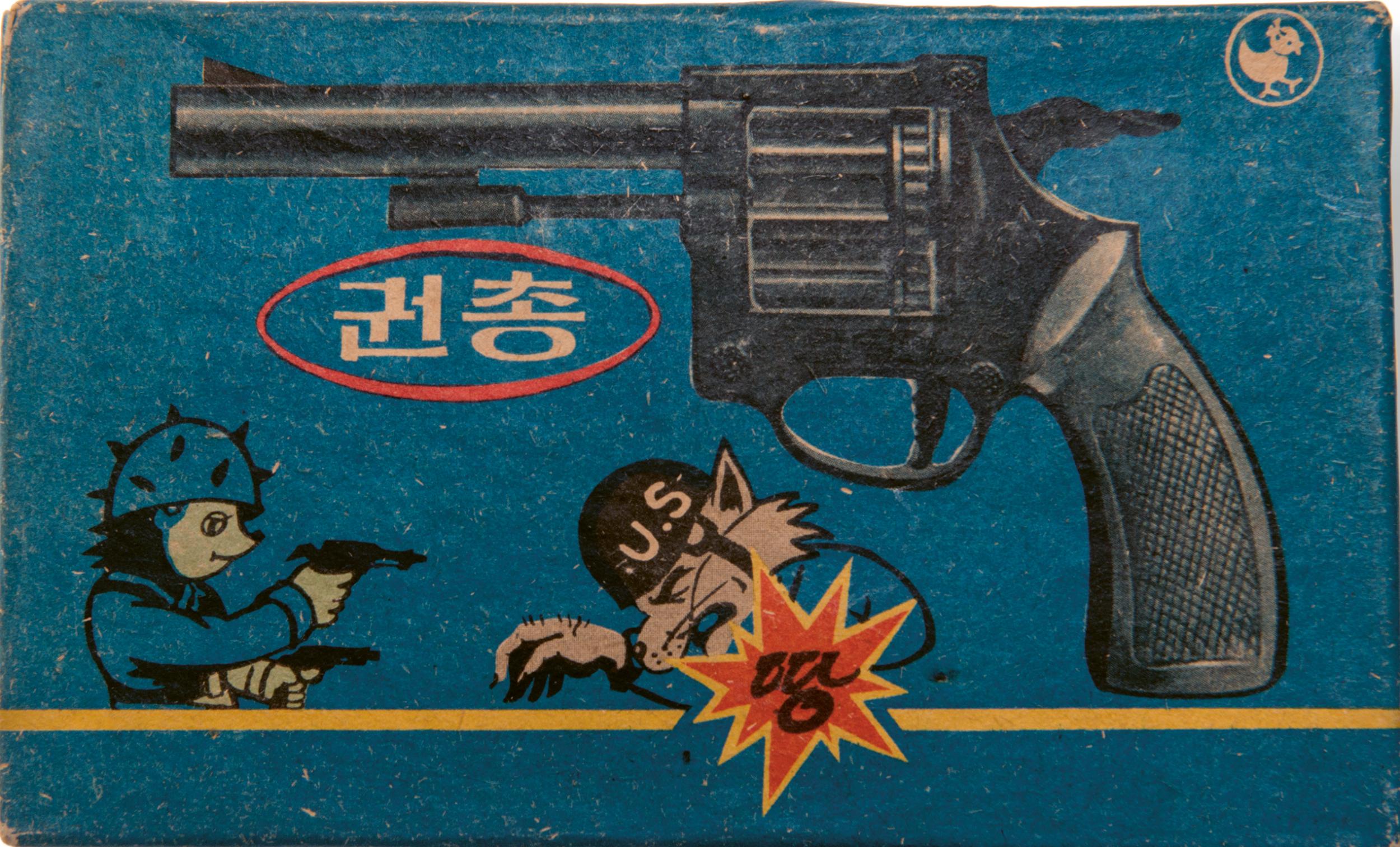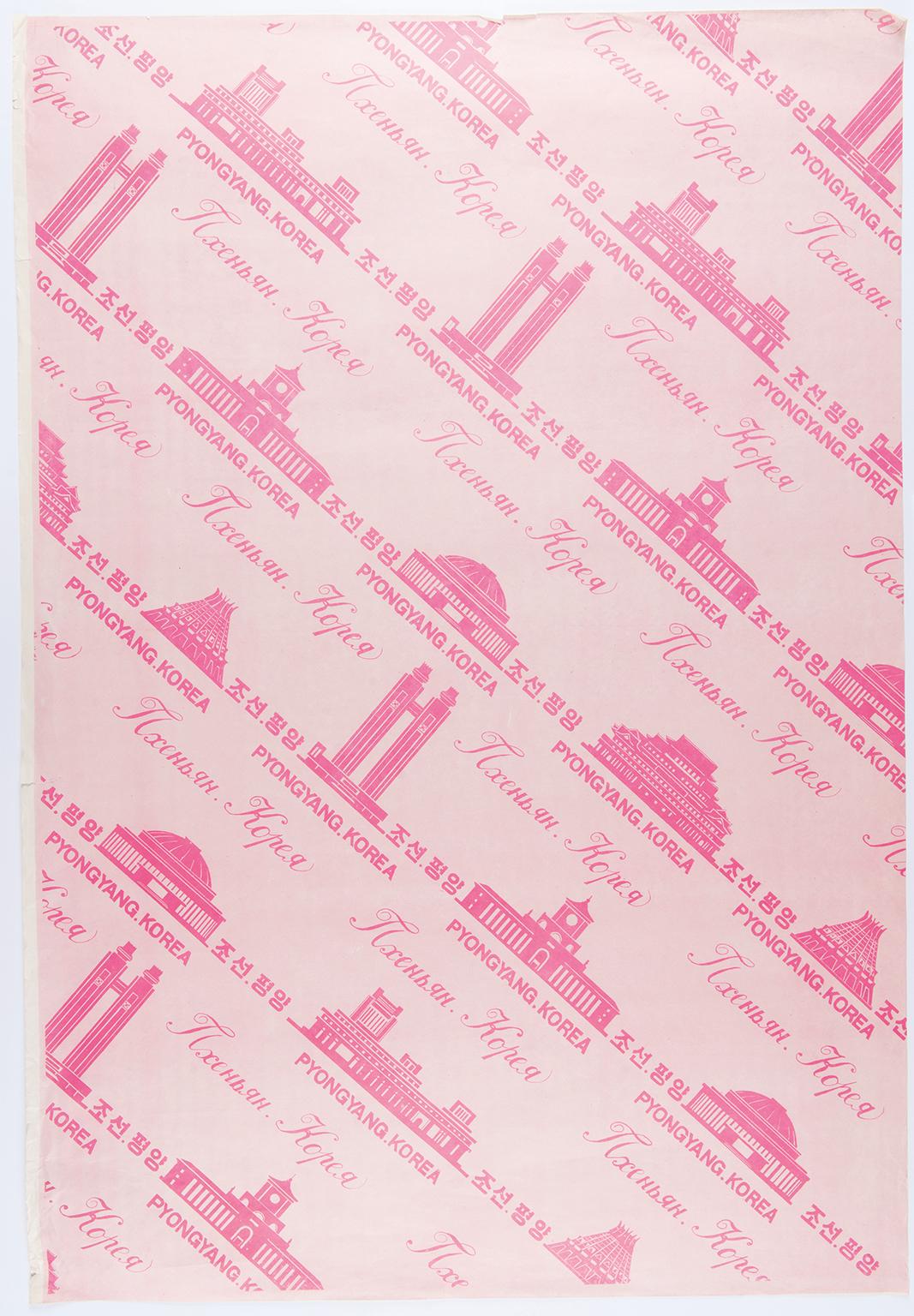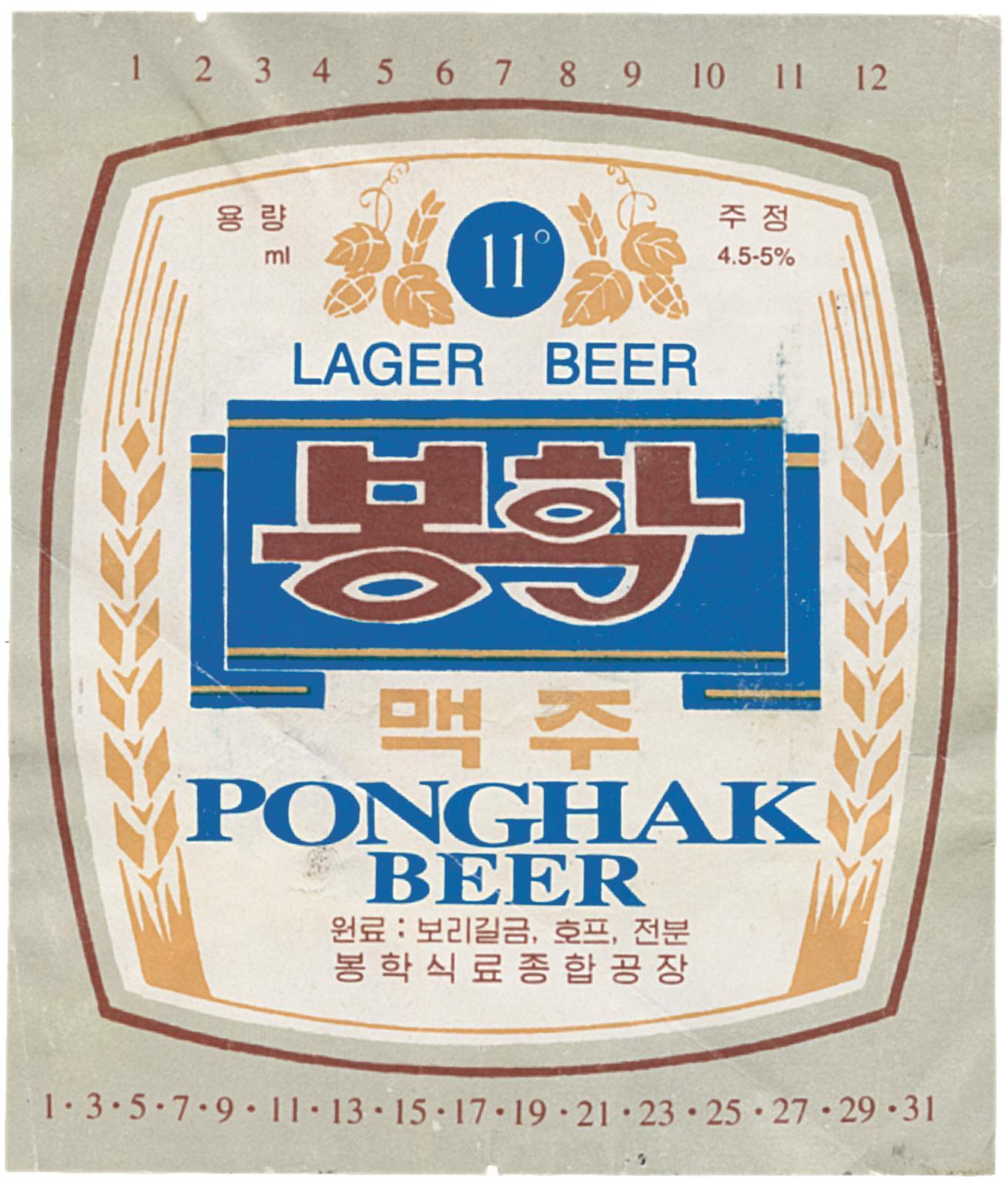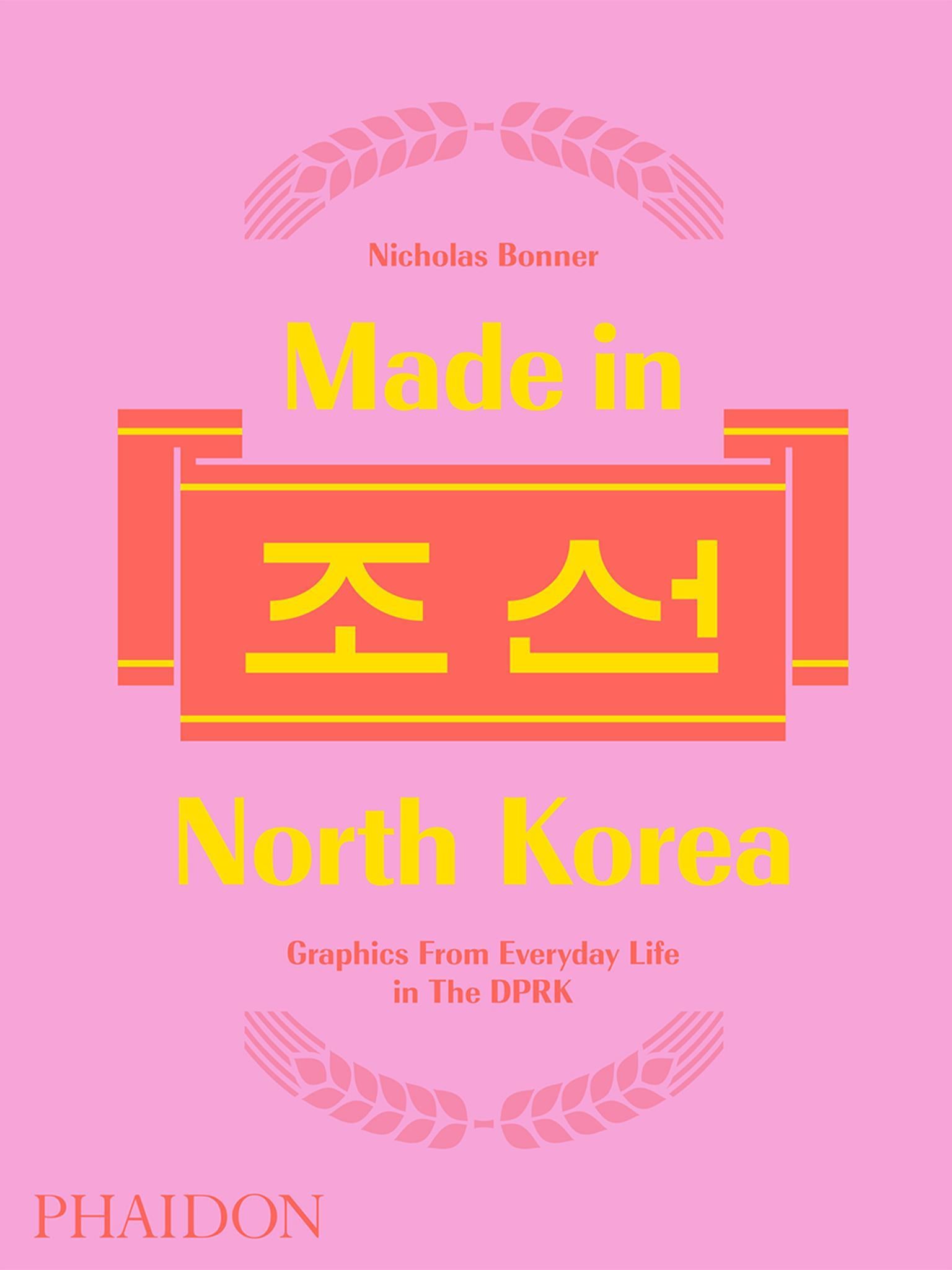The Independent's journalism is supported by our readers. When you purchase through links on our site, we may earn commission.
What North Korea is really like, according to a Westerner who has visited regularly since 1993
Author Nicholas Bonner speaks about his interactions with North Korean citizens, propaganda, and what its graphic designs reveals about the nation

Your support helps us to tell the story
From reproductive rights to climate change to Big Tech, The Independent is on the ground when the story is developing. Whether it's investigating the financials of Elon Musk's pro-Trump PAC or producing our latest documentary, 'The A Word', which shines a light on the American women fighting for reproductive rights, we know how important it is to parse out the facts from the messaging.
At such a critical moment in US history, we need reporters on the ground. Your donation allows us to keep sending journalists to speak to both sides of the story.
The Independent is trusted by Americans across the entire political spectrum. And unlike many other quality news outlets, we choose not to lock Americans out of our reporting and analysis with paywalls. We believe quality journalism should be available to everyone, paid for by those who can afford it.
Your support makes all the difference.Princess Diana stamps, iridescent cigarette cartons and tinned food labels: these are among the items that author Nicholas Bonner has collected in North Korea since first visiting the reclusive nation in 1993.
Bonner has showcased these everyday items in his new book, Made in North Korea, to give an insight into the banalities of a country’s whose name is synonymous with the cult of personality, political and cultural oppression, and the threat of nuclear war.
Based in Beijing, Bonner visits North Korea almost every month as the head of the Koryo Tours travel agency. The objects in the book - the most comprehensive collection of graphic ephemera from the country to date - reflect the graphic design of the nation until the mid-2000s, when digital design took over.
Do you remember your first interaction with a North Korean person?
In 1993, North Korea was not perceived as such an anomaly as it is now. But all that changed with George Bush’s categorisation of North Korea into the ‘Access of Evil’. I arrived in Pyongyang after the 23 hour journey from Beijing and first impressions were of an attractive green city, cut through by two rivers and rather bizarre futuristic Dan Dare architecture amongst the standard socialist style housing blocks. Everywhere you’d walk in North Korea you would run into monuments, sculptures, museums, slogans and hoardings, which focused on the fight for victory (take your pick from either the anti Japanese guerrilla war or Korean War), the revolution and the leader.
The first interaction I had with a Korean citizen was in Beijing in 1993. He was studying Chinese with a friend of mine (Joshua Green who I set up Koryo Tours with). At that time, Koreans were freer to move around as individuals as there were so few capitalists in the city – when the Chinese Universities started filling up with foreign students the Koreans entrenched and went around in self-monitoring groups. He returned to Pyongyang and had started working with the Korean Travel Company and called Josh to see if he could get a group of mates to visit. That was our first trip to the country in 1993.

Why do you think it's particularly interesting to visit North Korea at the moment? Is there a lot of talk about Trump?
I was in Pyongyang a couple of weeks ago. The North Koreans are used to the tensions but perhaps not the rhetoric delivered in the rather flamboyant style of America’s President. I spoke to one Korean who thought that the American Government would agree to mediation but to her, Trump seemed like a wild card. The situation is certainly not a good one, petrol is three times the price and money is being spent on food rather than small luxuries.
I have experienced several similar situations in this country. Specifically, when Iraq was invaded we were filming our documentary ‘A State of Mind’ and at that time air raid practices were regular occurrences. Korean civilians did not know the war was over until the week following these events. They are often kept in the dark. Another benefit of having foreigners in North Korea is that we can provide them with a different version of the news, and we speak to large numbers of people. Not all Koreans are a ‘minder’ as we tend to assume in the outside world.
When you go to North Korea are there things that you like to do each time you go like you would any other destination?
After an anti-US parade a couple of years ago, I watched the rather chilling scenes of mass ranks of the public dressed in their khaki clothing shouting ‘down with the Imperialists’ (particularly worrying as I was the only imperialist in amongst the 60,000 crowd). However, as an observer at the event, I noticed that the chanting was orchestrated and timed and there were no spontaneous shows of aggression. After the parade, people wandered off home, went to the bar or tried to look cool in front of the girls(!)
When filming Korean citizens for our documentaries it takes time to get past the veil and find the personalities. But I promise it is there - all the traits from love to anger as in anywhere else in the world.
There are twelve people working for Koryo Tours. We all visit the country regularly so are quite well known by those we run into at the various tour destinations and we all compete to find new places of interest in North Korea. Over the past 5 years, Pyongyang has been drastically changing - a burgeoning middle class has meant greater restaurants, shops and places for entertainment. There are now two Pizza Restaurants! Sadly, however, the sanctions can often mean less customers and progression will often reverse into regression again. As a result, less people will push cultural boundaries and civilians are not given the opportunity to open their eyes to new experiences and thoughts.
What are the hallmarks of North Korean graphics and design and what do you think they say about North Korea as a nation?
The graphics in the book were hand designed pieces from a collection I made up to the mid 2000s, the period before digital design took over. The Korean aesthetic mixes tradition with socialism and in that way it fits what is probably the best description I have heard of the country: “Red Confucianism”.
The country and people have been influenced throughout their turbulent history by various foreign credos of Buddhism and Confucianism; invasions from powerful neighbours (particularly Japan); then, more recently, the European-dominated Communist Bloc. The graphics have developed largely independently of the outside world and they now have a much more assured Korean style and perhaps that is the best summary of how they see themselves as a nation.
To present a well-known Korean landmark – a mountain, a building or sculpture – on a packet of cigarettes, or a box of matches, is to imbue them with instantly recognisable ‘Korean-ness’, thereby making them, in their eyes, ‘the best’ — even in the absence of any competition. Places of revolutionary importance, ancient or mythical, and areas of natural beauty, all appear on different products, lending each item an aura of special significance. Graphically, this means that a simple line drawing can convey a level of importance far exceeding aesthetic decoration.
In the same way, Pyongyang, the capital city of North Korea, is presented to North Koreans as one of the world’s great cities – even though few Koreans have experience of any other.

Of all the graphics in the book, which one interested you the most?
The first object that really struck me was a simple sachet of sugar which you used to get on the Air Koryo twice a week, 80 minute flight from Beijing to Pyongyang. At the time this was the only connection to the outside world apart from the 24 hour train journey.
The packet had a frivolous decorative design, and it was this beauty which struck me, especially when I was expecting a simple functional design. The state organisation involved had to agree that condiments should be provided on the flight; the graphic studio then appointed a designer to decorate it; the design had to pass a panel; then finally it would be put into production. And, in a country not ever associated with frivolousness, this pretty little item, with such simplicity and complexity wrapped up together in its very existence, is perhaps my favourite.
What is the strangest experience you have had there?
Co-directing the film ‘Comrade Kim goes Flying’ North Koreas first girl power film. Having never part-written a film (let alone co-directed one) arriving on set with around fifty North Korean cast and crew all looking at me to start the shoot [was strange]. Our actress was a professional acrobat and was in a similar situation to me, having never acted before. In the end it was the individual and group support from the crew that helped us both and made it such a great adventure (bloody hell I am sounding like a real North Korean now!). Our actress did a great job and now wants to be in an action film.
It was the first North Korean film to be shown to a public audience in South Korea. I was rather nervous when we had the Q&A after the screening but never anticipated the first questions or perhaps statement was from a middle aged man who stood up and said” It’s nice to know Mother in Laws in the North are the same as they are in the South!”
What is the best thing about North Korean culture?
It would have to be the arts, from dance, theatre to fine arts. Fine art education is based on rigorous academic training only in a socialist realist style (no abstract art allowed). Within this rather limited scope the artists still produce the highest quality work- and there is so much talent that if given the right vehicle it can be expressed. It is, after al,l how the contemporary Chinese artist were trained.
What do you hope people will take from the book?
The book obviously has a visual appeal but it also provides small vignettes into North Korean life, for example on how the country dresses itself up to show foreigners that ‘My Country is Best’ (a slogan found on North Korean buses) but also on how it went about packaging rather dull goods in fanciful ways- with very little input from outside influences. Nothing is perhaps quite as it seems.
What is North Korea like when you visit?
I am based in Beijing and have been visiting most months since 1993 so it is all pretty normal in its abnormal way. I have grown up with people there, seen them get married have kids and so on and in this sense there is very little that divides us. Politically it is of course another thing.
We tend to see the people as brainwashed and in simplistic black and white terms. This lack of knowledge can make us jump to conclusions. I have produced various films in North Korea and a western film-maker once asked our Korean co-producer why she was involved in film (alluding that she was politically motivated). Her reply right from the heart was “I am just mad about film”. Sometimes we cannot see the humanity because of our own propaganda.
People often comment that tourists take to North Korea don't see the real side of the country. Do you think that's true?
If you are a tourist on a short visit and you don’t speak Korean it is unlikely you will see the ‘real’ side of Korea. But to Pyongyang citizens ‘Pyongyang’ is real life, and for the co-operative farm you visit it is still a working farm with real people doing real activities. You are certainly not going to be taken around a prison camp but what you do see is not all propaganda but very much the banality of day to day life.

What do you say to people who believe you shouldn't travel to North Korea because it's morally wrong to support the government?
I respect people’s individual decision but there are certainly reasons not to visit (as well as lazy arguments around why you should not visit such as tourism supporting the regime financially). Our company Koryo Tours is a travel company that prides itself on engagement therefore by travelling with us you are supporting our work in other fields whether that be engagement or humanitarian projects. We have worked on these since 1993 and the results are testament to the values of engagement.
North Korea is a society that isolates itself and to me it does not make sense to therefore increase its isolation. Certainly it would be difficult to do less engagement as there has been practically none since I started visiting. We are trying to break the circle of the lack of knowledge that is present, both of what we know about the Koreans and what they know about us- and at present that ignorance is not healthy.
What is your advice for anyone who wants to visit North Korea?
Currently the Foreign Office has a travel advice notice on the country advising only non-essential travel. We keep in regular contact with the UK Embassy in Pyongyang and are still running tours, partly because it is our core business but also because we believe it to be safe. The situation in the country has not changed; it is the geo-political stage that has shifted.
My colleague Simon Cockerell and his wife have just become the first westerners to take the train from Pyongyang up the east coast of Korea and out to Vladivostok without a hitch and unescorted (normally you travel with two guides at all times outside the hotel whether on your own or with a group). With this in mind, the travel situation is as normal as it ever has been, but perhaps for us ‘normal’ is very different to a break in Bognor Regis!
Join our commenting forum
Join thought-provoking conversations, follow other Independent readers and see their replies
Comments